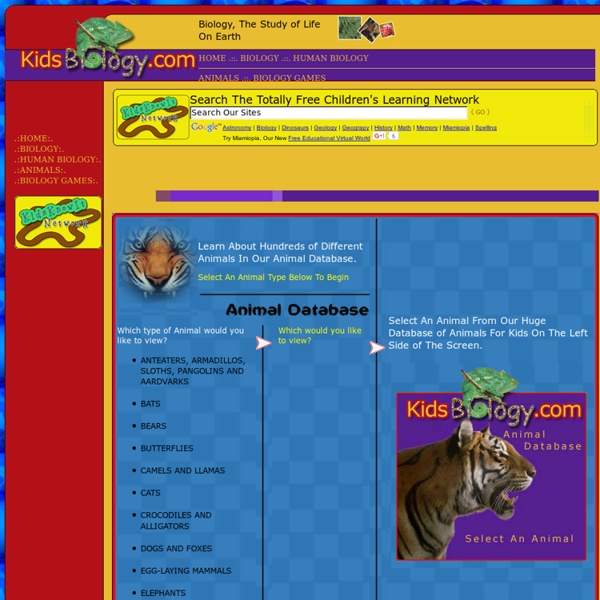



NetVet Veterinary Resources / Electronic Zoo Animal Species Text and Non-Netscape Browsers, [Start Here] Select a Species from the Pick List, the Image Map above, or the Menu below. Return to: Online Learning Center | African Penguin At the Aquarium Information about this penguin, which does not have an Aquarium of the Pacific habitat, is provided because of public interest in these charismatic flightless birds. Geographic Distribution Southwestern coast of Africa in colonies on 24 islands between Namibia and Algoa Bay, South Africa. Habitat These birds live in inshore coastal waters where the temperature is 5-20o C (41-68o F). Physical Characteristics Because of their large head, short, thick neck, torpedo-shaped body, and short legs, the body shape of African Penguins has been compared to that of a bowling pin. The back and face feathers of these penguins are black. Hatchlings are covered in a layer of gray fluffy down. Size Weight: 2.1-3.7 kg (4.6-8.2 Standing height:68-72 cm ( 61-69 in) lb)Males are slightly larger than females and have a slightly larger bill. Diet and Feeding Their diet is mainly small shoaling fish—sardines, anchovies, and mackerel. Reproduction African Penguins are usually monogamous. Behavior
Inventors and Scientists: Charles Darwin Synopsis: Before the nineteenth century, scholars generally assumed that living organisms remained as they were created, that they never changed. Charles Darwin shattered this idea by providing evidence that species do change over time, in a process he called "natural selection." Setting Out To Sea Charles Robert Darwin was born on the same day in 1809 that Abraham Lincoln was born. Both of these men helped reshape the way we look at the human race. Darwin was the fifth of six children. Darwin’s father steered him first into medicine, then into the ministry, but Darwin had wanted to become a naturalist. At The Galápagos Islands Among the places that Darwin visited were the Galápagos Islands, a unique set of 14 islands about 600 miles off the coast of Ecuador, on the western side of South America. When he returned to England, Darwin showed his finches to expert ornithologists (biologists specializing in birds). Darwin’s Key Idea Darwin did not rush to share his idea.
Nocturnal Animals - AllAboutNature Advertisement. EnchantedLearning.com is a user-supported site. As a bonus, site members have access to a banner-ad-free version of the site, with print-friendly pages.Click here to learn more. (Already a member? Click here.) Click on an animal to go to that printout. Nocturnal animals are more active at night than during the day. Special Adaptations: Nocturnal animal have special adaptations that help them survive in the dark. Printouts: Click on a letter to go to that page of animal printouts. In addition to printing the animals, you can copy a printout (click here for instructions) and paste it into a painting program (like Paint) and color the animal there.
Animals And Habitats | Teaching Ideas Join our email newsletter to receive free updates! Close Search for Ideas and Resources Filter Results Menu Animals and Habitats Learn about animals and their habitats using our wide range of teaching and learning materials. Filter by age Filter by type (Select all / Select none) Filter by theme Select All Piper Watch this delightful Pixar short and use it as the starting point for learning in different areas of the curriculum! View Cats, Dogs and Us Help your children to learn about cats and dogs with these teaching guides, classroom activities, worksheets and pupil magazines from IFAW! View Rainforest Animals Banners Use these free printable banners on a classroom display board about different rainforest animals! View Arctic and Antarctic Animals Banners Make a classroom display board about different arctic and antarctic animals using our free printable banners! View British Woodland Mammals Banners View Rabies Prevention Teaching Resources View Extreme Environments Banner View Discovering Minibeasts View View View
Animal Habitats From frogs in a bog to bears in their lair, animal habitats are just plain fun. Children love to explore nature and most young students respond enthusiastically to lessons about animals. Teaching your elementary and middle school aged children about animal habitats provides an abundance of learning opportunities. A Variety of Teaching Resources Help You Create Your Best Classroom Children learn about biology and explore why certain animals live in their chosen habitats. Let the resources at TeacherPlanet.com help you provide a rich learning experience in your classroom.